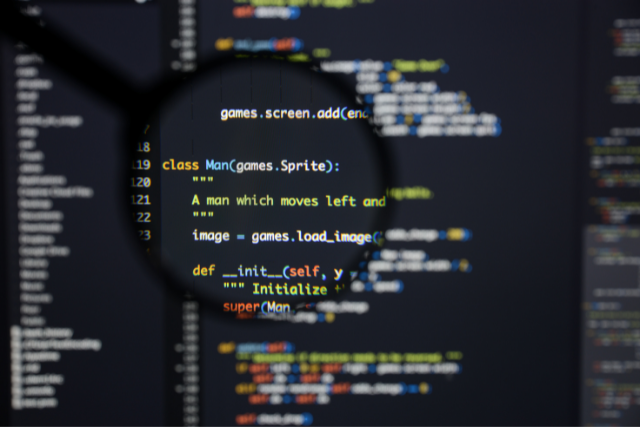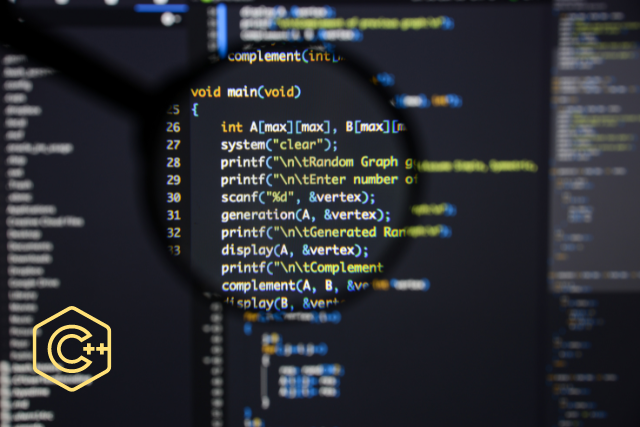Here are 40 common Python interview questions along with their answers. These questions cover various aspects of Python, including basic concepts, data structures, libraries, and more advanced topics.
- What is Python? Python is a high-level, interpreted, and general-purpose programming language. It was created by Guido van Rossum and first released in 1991. Python is known for its readability, simplicity, and extensive standard library.
- What are the key features of Python? Some key features of Python include:
- Easy-to-read syntax
- Dynamically typed
- Object-oriented, procedural, and functional programming paradigms
- Extensive standard library
- Cross-platform compatibility
- Strong community support
- What are Python’s built-in data types? Python’s built-in data types include:
- Numeric: int, float, complex
- Sequence: str, list, tuple
- Mapping: dict
- Set: set, frozenset
- Boolean: bool
- NoneType: None
- What is the difference between a list and a tuple in Python? Lists are mutable, ordered sequences of elements, while tuples are immutable, ordered sequences of elements. Lists are defined using square brackets
[], while tuples are defined using parentheses(). - What is a dictionary in Python? A dictionary is an unordered collection of key-value pairs, where each key is unique. Dictionaries are mutable and are defined using curly braces
{}. - What is a set in Python? A set is an unordered collection of unique elements. Sets are mutable and can be created using the
set()constructor or by using curly braces{}with comma-separated elements. - What is the difference between a mutable and an immutable object in Python? Mutable objects can be modified after they are created, while immutable objects cannot. Examples of mutable objects include lists, dictionaries, and sets. Examples of immutable objects include strings, tuples, and frozensets.
- What are Python’s control structures? Python’s control structures include:
- Conditional statements: if, elif, else
- Looping statements: for, while
- Loop control statements: break, continue
- Exception handling: try, except, finally, raise
- What is a function in Python? A function is a block of reusable code that performs a specific task. Functions can accept input arguments and return a value. Functions are defined using the
defkeyword. - What is a lambda function in Python? A lambda function is an anonymous, inline function that can accept any number of arguments but can only have a single expression. Lambda functions are defined using the
lambdakeyword. - What is the difference between a global and a local variable in Python? A global variable is accessible throughout the entire program, while a local variable is only accessible within the function or block of code where it is defined.
- What is a module in Python? A module is a file containing Python code, usually with a
.pyextension. Modules can define functions, classes, and variables, and can be imported into other Python scripts using theimportstatement. - What is the purpose of the
__init__method in a Python class? The__init__method is a special method called a constructor. It is automatically called when a new instance of a class is created. The__init__method is typically used to initialize instance variables and perform any setup required for the object. - What is inheritance in Python? Inheritance is a way to create a new class that is a modified version of an existing class. The new class, called the subclass, inherits attributes and behaviors from the existing class, called the superclass.
- What is a generator in Python? A generator is a special type of iterator that yields values using the
yieldkeyword instead of returning them with thereturnkeyword. Generators are defined using thedefkeyword, like regular functions, but they maintain their state between calls, allowing them to produce a sequence of values over time. - What is the difference between
rangeandxrangein Python? In Python 2,rangecreates a list of numbers, whilexrangecreates an xrange object, which is an iterator that generates numbers on-the-fly. In Python 3, thexrangefunction has been removed, and therangefunction now behaves likexrangein Python 2, returning a range object that generates numbers on-the-fly. - What is list comprehension in Python? List comprehension is a concise way to create a list using a single line of code. It consists of an expression followed by a
forclause, and optionally one or moreifclauses. The expression is evaluated for each item in the sequence specified in theforclause, and the result is a new list. - What is the Global Interpreter Lock (GIL) in Python? The Global Interpreter Lock (GIL) is a mutex that protects access to Python objects, preventing multiple threads from executing Python bytecodes concurrently in the same process. The GIL is necessary because CPython’s memory management is not thread-safe. However, the GIL can limit the performance of CPU-bound and multithreaded programs in CPython.
- What is the difference between
==andisin Python? The==operator compares the values of two objects for equality, while theisoperator compares the identity of two objects, meaning they must be the same object in memory. - What is the
enumeratefunction in Python? Theenumeratefunction is a built-in function that takes an iterable as an argument and returns an iterator that produces tuples containing the index and the corresponding element from the iterable. - What is the
zipfunction in Python? Thezipfunction is a built-in function that takes two or more iterables as arguments and returns an iterator that generates tuples containing elements from the input iterables, where the first elements are paired together, the second elements are paired together, and so on. - What is the
*argsand**kwargssyntax in Python? The*argssyntax in a function signature allows the function to accept a variable number of positional arguments, which are passed as a tuple. The**kwargssyntax allows the function to accept a variable number of keyword arguments, which are passed as a dictionary. - What is a context manager in Python? A context manager is an object that defines a method for setting up a context, such as opening a file or acquiring a lock, and a method for tearing down the context, such as closing the file or releasing the lock. Context managers are typically used with the
withstatement to ensure that resources are properly acquired and released. - What is the
picklemodule in Python? Thepicklemodule is a built-in module that provides a way to serialize and deserialize Python objects while preserving their structure and relationships. Thepicklemodule can handle most Python data types, including custom classes and functions. - What is the
osmodule in Python? Theosmodule is a built-in module that provides a way to interact with the operating system, such as creating and deleting files, executing commands, and managing processes. - What is the
remodule in Python? Theremodule is a built-in module that provides support for regular expressions, which are a powerful tool for text processing and pattern matching. - What is the
collectionsmodule in Python?Thecollectionsmodule is a built-in module that provides specialized container data types, such asnamedtuple,deque,Counter,OrderedDict, anddefaultdict. - What is the
itertoolsmodule in Python? Theitertoolsmodule is a built-in module that provides a collection of fast, memory-efficient tools for working with iterators, such aschain,cycle,groupby, and various combinatoric generators. - What is the
functoolsmodule in Python? Thefunctoolsmodule is a built-in module that provides higher-order functions and tools for working with functions, such aspartial,reduce,lru_cache, andtotal_ordering. - What is the
jsonmodule in Python?Thejsonmodule is a built-in module that provides a way to encode and decode JSON (JavaScript Object Notation) data, which is a lightweight data interchange format. - What is the
csvmodule in Python? Thecsvmodule is a built-in module that provides a way to read and write data in CSV (Comma Separated Values) format, which is a common format for exchanging data between applications. - What is the
socketmodule in Python? Thesocketmodule is a built-in module that provides a way to create and manage network sockets, which are endpoints for sending and receiving data over a network. - What is the
threadingmodule in Python? Thethreadingmodule is a built-in module that provides a way to create and manage threads, which are lightweight, concurrent units of execution within a single process. - What is the
multiprocessingmodule in Python? Themultiprocessingmodule is a built-in module that provides a way to create and manage processes, which are independent units of execution that run in separate memory spaces. - What is the
asynciomodule in Python? Theasynciomodule is a built-in module that provides a framework for writing asynchronous, non-blocking code using coroutines, which are a way to write concurrent code that looks and behaves like synchronous code. - What is the
numpylibrary in Python? NumPy is a third-party library for numerical computing in Python. It provides a high-performance, multidimensional array object and tools for working with arrays, such as mathematical, logical, and statistical operations. - What is the
pandaslibrary in Python? Pandas is a third-party library for data manipulation and analysis in Python. It provides data structures such as Series and DataFrame, which are designed for handling and analyzing large, structured datasets. - What is the
matplotliblibrary in Python? Matplotlib is a third-party library for creating static, interactive, and animated visualizations in Python. It provides a flexible and powerful API for creating various types of plots and charts. - What is the
scikit-learnlibrary in Python? Scikit-learn is a third-party library for machine learning in Python. It provides a wide range of algorithms for classification, regression, clustering, dimensionality reduction, and model selection, as well as tools for preprocessing data and evaluating model performance. - What is the
tensorflowlibrary in Python? TensorFlow is a third-party library for machine learning and deep learning in Python. It provides a flexible and efficient platform for defining, training, and deploying machine learning models, including neural networks, on various types of hardware, from CPUs to GPUs and TPUs.







